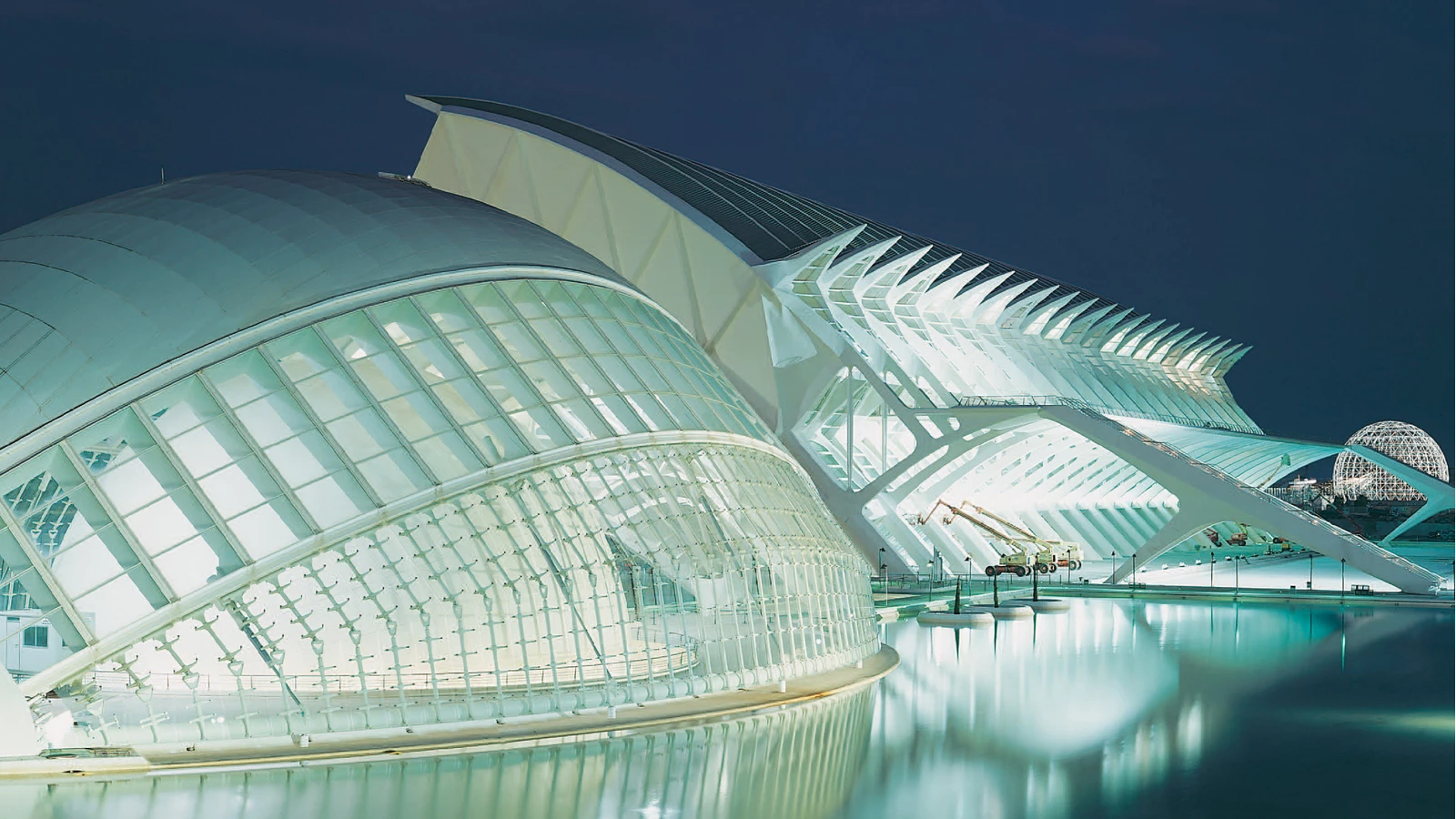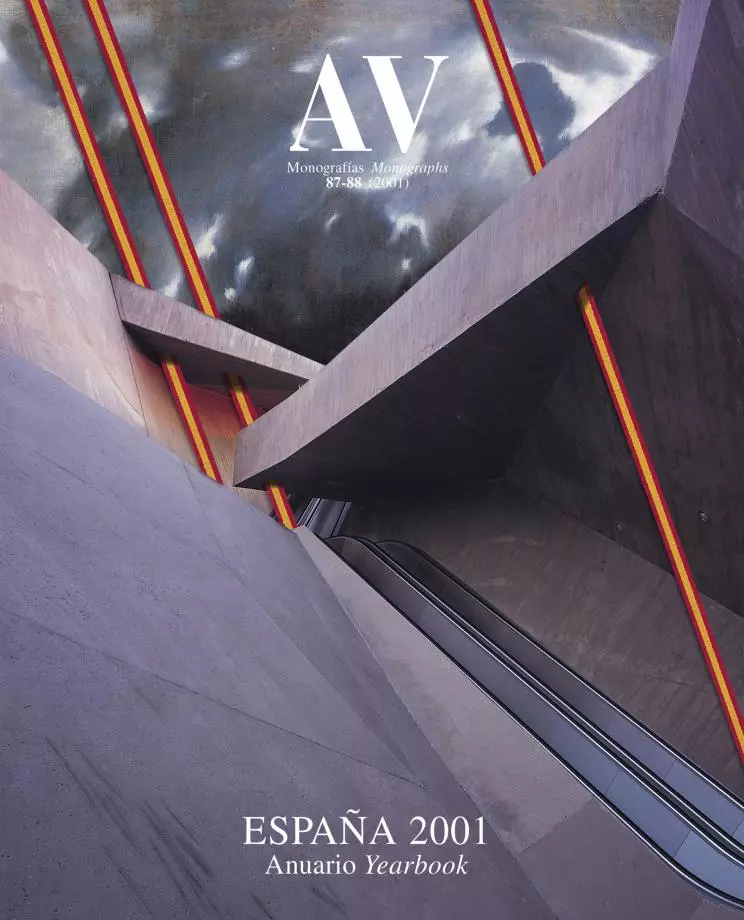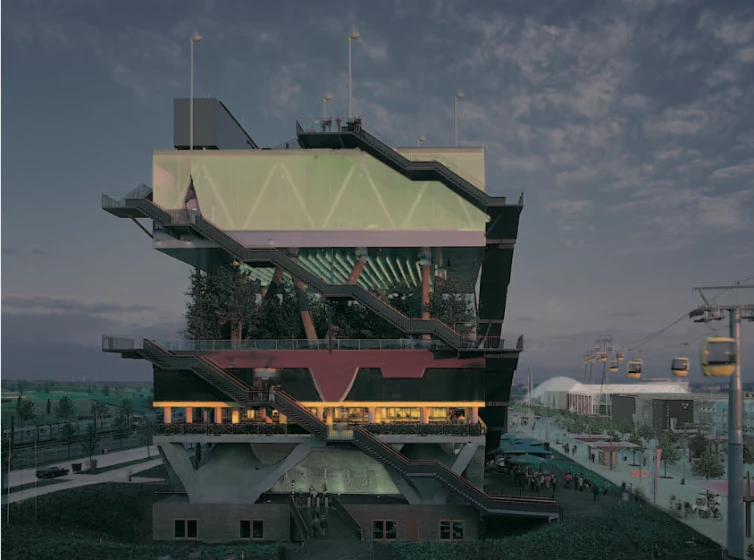
The Beatification of Antoni Gaudí by the Pope John Paul II and the canonization of Rem Koolhaas by the jury of the Pritzker Prize were two key events in the course of a bittersweet year that has seen Jacques Herzog and Pierre de Meuron triumph with the opening of London’s new Tate Gallery and Santiago Calatrava carry the day with a chain of inaugurations and honors, but also the sad going of the architects Enric Miralles and Francisco Javier Sáenz de Oíza.
What the English-speaking world called Y2K began without the dreaded millennium bug paralyzing computers, but ended with butterfly ballots and pregnant chads wreaking havoc in the United States presidential elections, exposing the fragility of the conventions that sustain the spectacle of democracy. With this year as hinge, the turn of the century has been accompanied by a significant rise of oil prices, a cooling off of the Stock Market, and the erosion of expectations of the New Economy, but such signs of a change of cycle in central countries has not diminished the waves of migrants from peripheral countries, increasingly devastated as these are by wars and plagues.
Even good ol’ Europe – worn out by the fall of the euro, political paralysis, and health alarms that trace the somber reverse of the extraordinary advances in the life sciences – continues to receive a regular influx of immigrants that balances out its demographic decline, which is accentuated in the case of Spain, a country that takes leave of the century gracing the bottom of fertility lists and the top of terrorism statistics. Inexorably linked to ethnic nationalism, anywhere from Chechnya to the Basque Country, political violence has been the big argument in the clash between economic globalization and local resistances in a continent fragmented by a mosaic of languages and cultures.
A Canonical Winter
In a slower world, both architecture and religion were identifying features of the pieces that made up the patchwork tapestry of a community. But in an accelerated planet, the ecumenical unanimity of spectacle blurs every limit to form virtual networks of a catholic nature. In this way, media construction is in tune with the incandescent theology that has multiplied Pope John Paul II’s canonizations and trips: at the meeting point of both processes, the Catalan Antoni Gaudí’s beatification uncovered the convergence of the mythic and the holy by elevating a cult architect to the altars, while providing the winter’s warmest news, pushing to second place both the opening of a disappointing Millennium Dome in London and that of a renovated Pompidou Center in Paris, works of two former partners, the British Richard Rogers and the Italian Renzo Piano, who were the first to censure the final results.

The Catholic Church began the beatification process that will raise the Catalan Antoni Gaudí to the altars and will transform secular sanctuaries as the Park Güell into places of religious pilgrimage.
Springs of Art
The most awaited event of spring was the awarding of the Pritzker Prize to the caustic Dutchman Rem Koolhaas, an architect fascinated with the contemporary urban explosion which describes as “junkspace” that explored by him in Asia’s Pearl River Delta, in the African city of Lagos, and in American commercial centers. And the biggest celebration of the season was the opening of the Tate Gallery’s new London site in an old electrical power station transformed for the purpose by the Swiss Jacques Herzog and Pierre de Meuron. An inauguration that overshadowed those of other commendable museums: the British Museum, also in London and remodeled by Norman Foster with better fortune than in his footbridge over the Thames, which had to be closed after a few days due to vibrations; Rafael Moneo’s Houston Fine Arts Museum; Frank Gehry’s Museum of Rock in Seattle; and Caruso St. John’s art gallery in Walsall. The Dutchman and the Swiss partners, who have made Rotterdam and Basel the two poles of the European debate, also initiated a rare collaboration to design a hotel-boutique for the developer Ian Schrager in New York, a city which like London is experiencing a certain architectural revival.
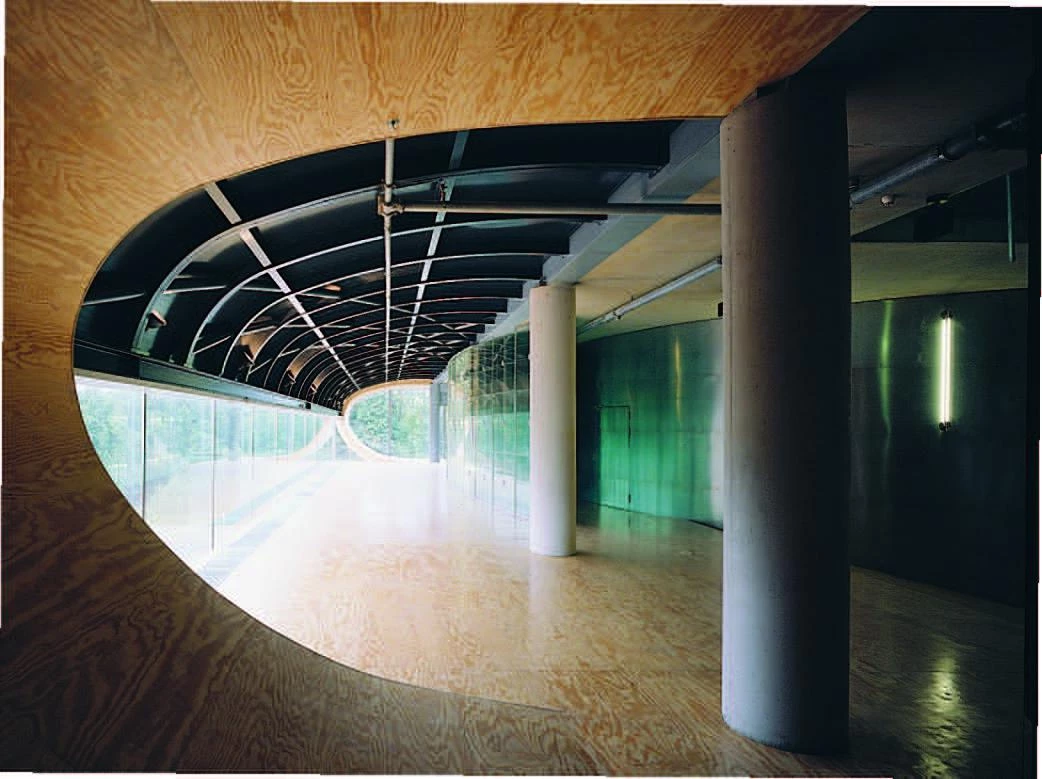
The Utrecht Educatorium is one of the latest products of the abrasive talent of Rem Koolhaas, the Dutch who formally became part of the Olympus of architecture after being awarded the Pritzker Prize.
Summer Fairs
The heat of summer happenings, however, would visit neither an American nor a British metropolis, but two smaller cities of continental Europe: Hannover, which used its Messe facilities to organize a low-profile Universal Exposition, where Dutch and Swiss staged their architectural differences through the contrast between MVRDV’s rhetorical exhibitionism and Peter Zumthor’s musical order, and where the prescribed ecological emphasis justified the use of cork in the constructions representing Spain (Cruz & Ortiz) and Portugal (Siza & Souto de Moura), or cardboard in the Japanese pavilion (Shigeru Ban); and Venice, whose seventh Biennale di Architettura gathered a host of proposals under the slogan “less esthetics, more ethics,” an idea hardly reflected, alas, in the motley confusion of the event. But the shadow of a stream of deaths was cast over both festive occasions, darkening the summer: Rafael de la Hoz, posthumously awarded the gold medal of Spanish architecture, began an obituary line-up that would tragically and prematurely include Enric Miralles, and also veteran masters like John Hejduk, Francisco Javier Sáenz de Oíza and Eladio Dieste.
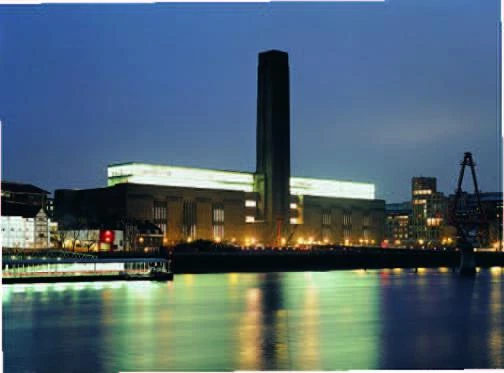
The laconic elegance of the Tate Gallery by Herzog & de Meuron (left) and the exhibitionism of the Netherlands’ pavilion in Hannover by MVRDV (below) illustrate the formal contrast between the Swiss and the Dutch.
Temples of Autumn
In fall, which began with the echo of a tardy Australian Olympics that allowed Sydney to show the world how organizational and environmental excellence does not need emblematic architectures, the United States staged an electoral campaign in which sprawl was one of the subjects of debate, and which ended up being settled in the state of Florida, cradle of the ‘new urbanism’ movement and scene of its most significant realizations, from Seaside to Celebration. And while Americans played the presidential “she loves me, she loves me not,” Spaniards took stock of the 25 years since the death of Franco and the crowning of King Juan Carlos I. All this in a month of November that witnessed at once the escalation of ethnic Basque terrorism and the opening by Prince Felipe of two major buildings, designed by Santiago Calatrava (who received the Meadows Award around the same time), which together highlight Spain’s spectacular modernization: the Museum of Science in the architect’s native Valencia and Bilbao’s Sondika Airport in the shaken and anguished Basque Country. Two colossal cathedrals which may not raise their author to sanctity, but surely express well the grandiloquence of prosperous and confusing times. Welcome to the latest spectacle.
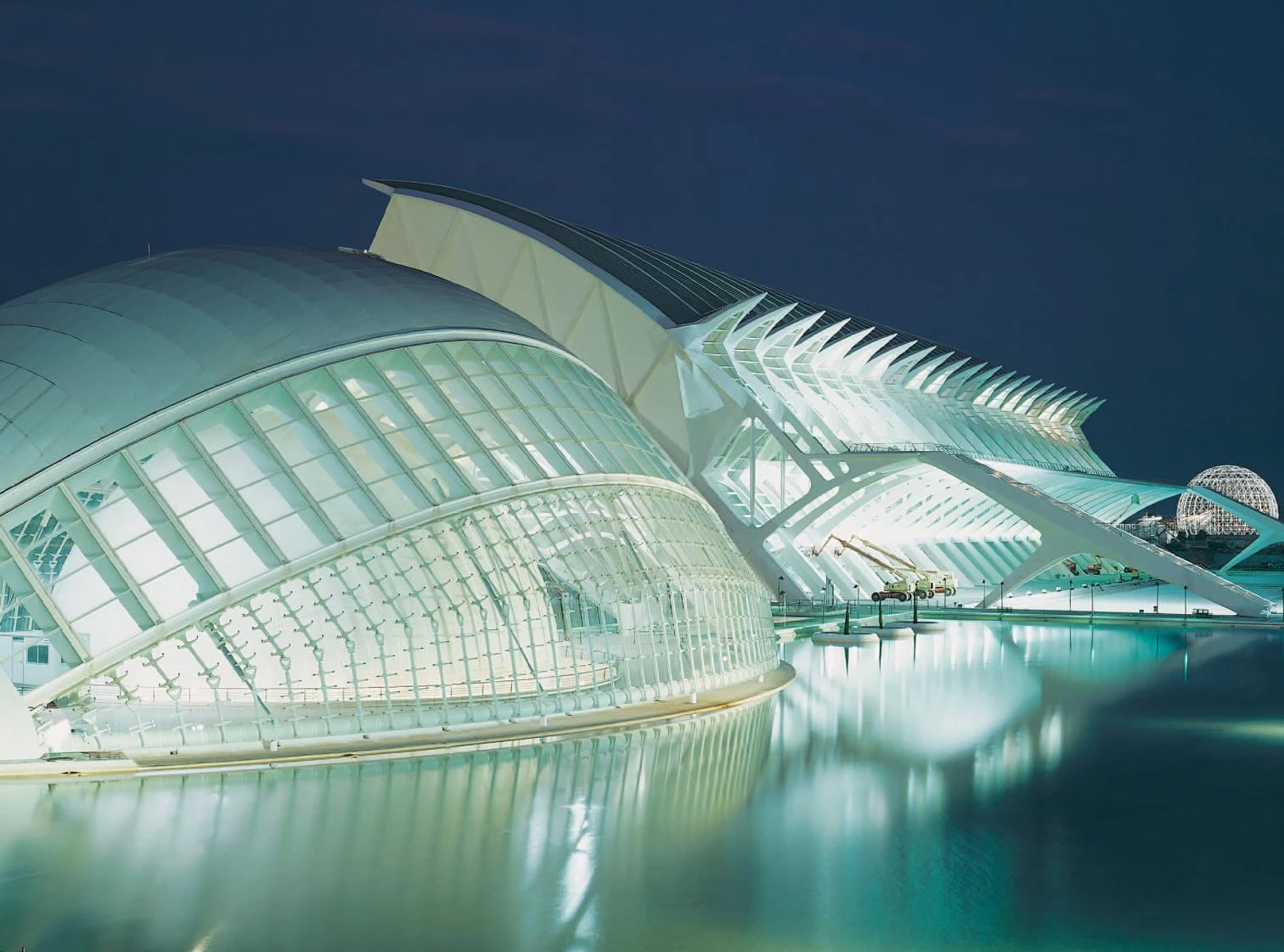
The Science Museum of Valencia shows the monumental ambition of Santiago Calatrava, but also reflects the satisfied prosperity of Spain, a country that celebrated the 25th anniversary of its democratic restoration.

